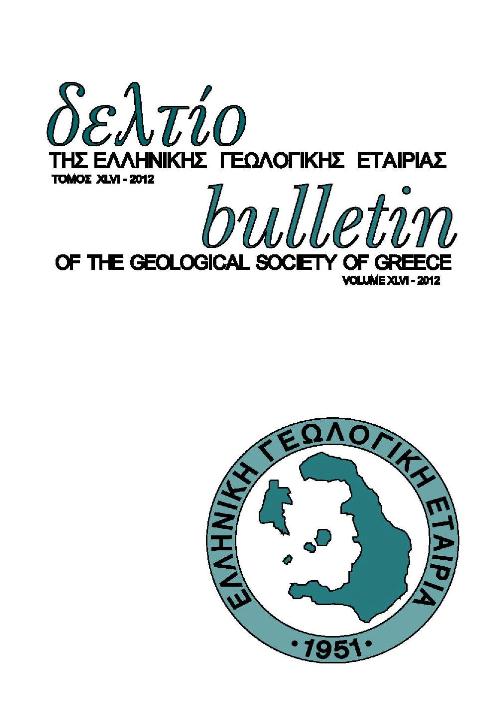Thermal behaviour of stevensite at temperatures up to 800°C.

Abstract
Stevensite is a Mg-trioctahedral smectite with layer charge stemming from vacancies in the octahedral sheet. In the present work we studied the thermal behavior of Jbel Ghassoul stevensite from Morocco, known as Ghassoulite or Rhassoulite, free of talc layers. The clay fraction of the material was separated by sedimentation, it was subsequently heated from 250° to 800° C and the end products were examined with X-ray diffraction (XRD) and Fourier Transform Infrared (FTIR) spectroscopy. The influence of heating on the stevensite structure begins at 400°C and is completed at 500°C. It involves irreversible collapse of the layers at ~10Å, which do not re-expand in ethylene glycol (EG) vapors. In contrast, heating at lower temperatures does not affect the stevensite layers, which expand completely in EG. The FTIR spectra indicate the formation of talc-like (kerolite) layers after heating at temperatures exceeding 400°C. Within the current experimental setup, the transition to kerolite layers takes place without the formation of an intermediate mixed-layer stevensite/talc phase. Heating at higher temperatures does not change the transformation pattern, until 800°C where complete dehydroxylation of the 2:1 layer takes place, which is associated with the formation of enstatite. The results of this study clearly demonstrate that opposite to common trioctahedral and dioctahedral smectites, stevensite converts to another layer silicate prior to dehydroxylation.
Article Details
- How to Cite
-
Christidis, G. E., & Koutsopoulou, E. (2013). Thermal behaviour of stevensite at temperatures up to 800°C. Bulletin of the Geological Society of Greece, 47(1), 366–372. https://doi.org/10.12681/bgsg.11011
- Section
- Petrology and Mineralogy

This work is licensed under a Creative Commons Attribution-NonCommercial 4.0 International License.
Authors who publish with this journal agree to the following terms:
Authors retain copyright and grant the journal right of first publication with the work simultaneously licensed under a Creative Commons Attribution Non-Commercial License that allows others to share the work with an acknowledgement of the work's authorship and initial publication in this journal.
Authors are able to enter into separate, additional contractual arrangements for the non-exclusive distribution of the journal's published version of the work (e.g. post it to an institutional repository or publish it in a book), with an acknowledgement of its initial publication in this journal. Authors are permitted and encouraged to post their work online (preferably in institutional repositories or on their website) prior to and during the submission process, as it can lead to productive exchanges, as well as earlier and greater citation of published work.








